Grass Valley Walking Tour 1-18-12
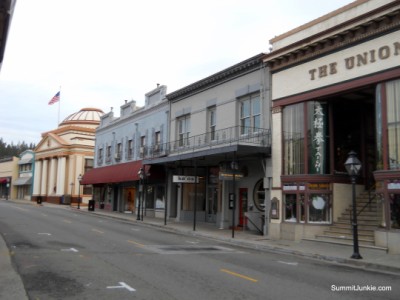
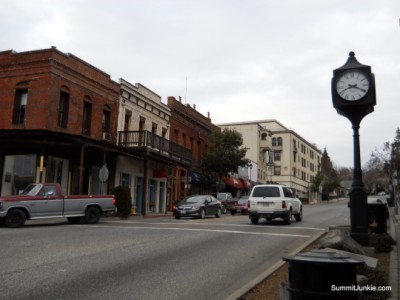
With my plans to visit Tuolumne Meadows for the record breaking season ruined by an untimely storm, I decided to visit another local park I had never seen. I arrived in Grass Valley just before 8am, but Empire Mine SHP does not open until 10am. I thought an exploration of this Gold Rush town was in order. With some visitor information in hand, I set off on a walking tour of this quaint little town. The historic downtown is quite nice and very robust, all the storefronts are full and foot traffic was brisk.

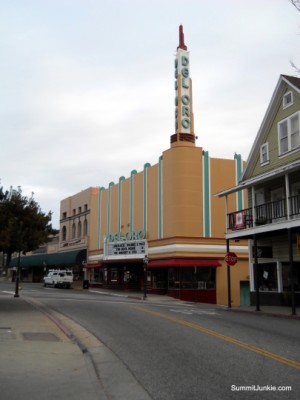
My first stop was the Del Oro Theatre. This distinctive landmark was built in the 1940's and has been refurbished recently. Although it is a recent addition by Grass Valley standards, it is an awesome anchor to the historic downtown area. It also has an impressive mural on the back wall.
165 Mill Street
165 Mill Street

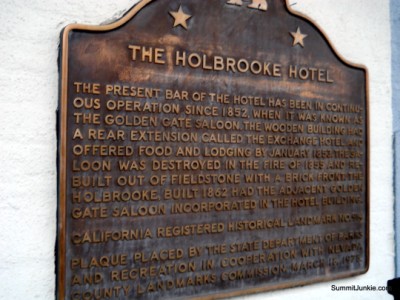
The original Holbrooke Hotel was destroyed by fire, but was rebuilt in 1862. The saloon in the hotel has been in continuous operation since 1852. Guests in the hotel include Mark Twain, Presidents Grant, Harrison, Cleveland, and the notorious Black Bart.
212 West Main Street
212 West Main Street

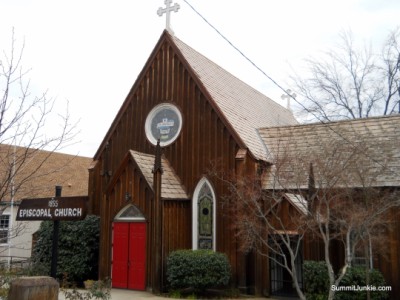
Emmanuel Episcopal Church is the oldest Episcopal church in California and is one of only two Grass Valley churches that date back to the Gold Rush, founded in 1855
245 South Church Street
245 South Church Street

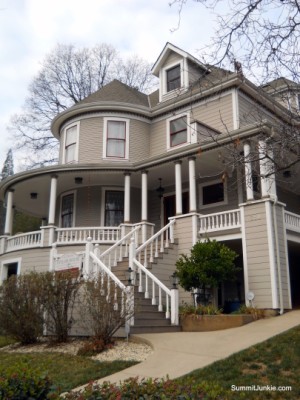
The Edward Taylor house is one of the more impressive houses in town. It was built in 1895 by one of the original Grass Valley pioneer families. It is currently undergoing a complete restoration.
358 Mill Street
358 Mill Street




I have a bit of a fascination with historic cemetery's, and the Saint Patrick's Cemetery does not disappoint. The grave date back to 1853, many of them have very ornate fences. This is also the site of the first Catholic Church in Grass Valley, dedicated in 1853. It served as their church until 1858, then as a Catholic School until 1879
South Church and Chapel Street
South Church and Chapel Street
W.C. Jones Memorial Hospital is a beautiful Queen Anne Victorian home built in 1880. It was a private residence until 1907, it was then converted into Nevada County's first private hospital.
328 South Church Street
328 South Church Street

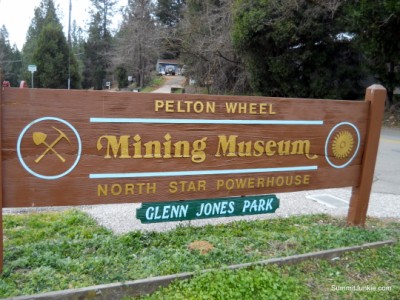
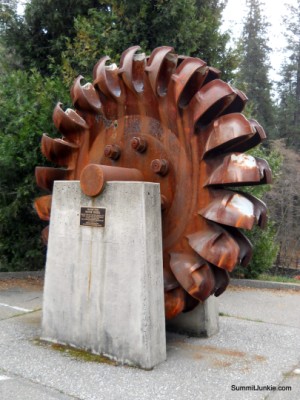
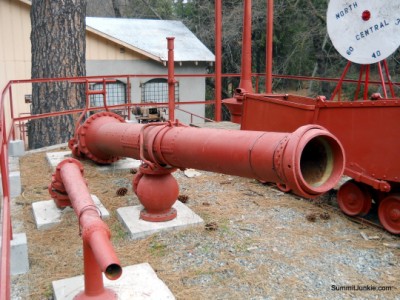
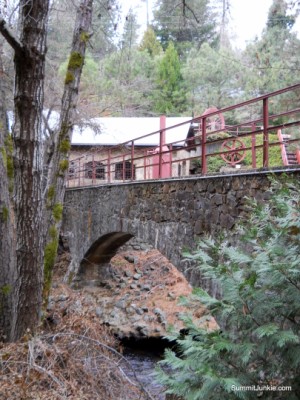
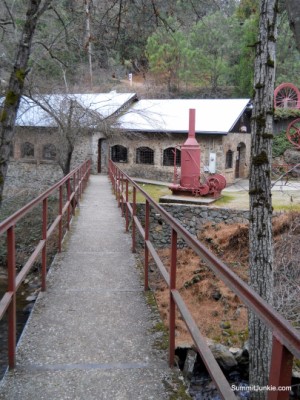
My last stop of the morning was the North Star Powerhouse and Mining Museum. Although the museum was not open this morning, this was quite a scenic and fascinating place. This powerhouse provided power to the local mines by using the Pelton Wheel on the right to produce a form of hydroelectric power.
This stone bridge was an aqueduct to bring high pressure water to the Pelton Wheel. It was built in 1895 and contained a 20 inch diameter pipe. It provided water to the Pelton Wheel at 354 pounds per square inch!
This is the largest Hydraulic Monitor ever built and operated. Hydraulic Monitor's were used to literally break down hillsides in order to reach the gold ore, resulting in massive damage. It is nine inches in diameter. With a 500 foot spray, it would put out 22,000 gallons of water per minute!!